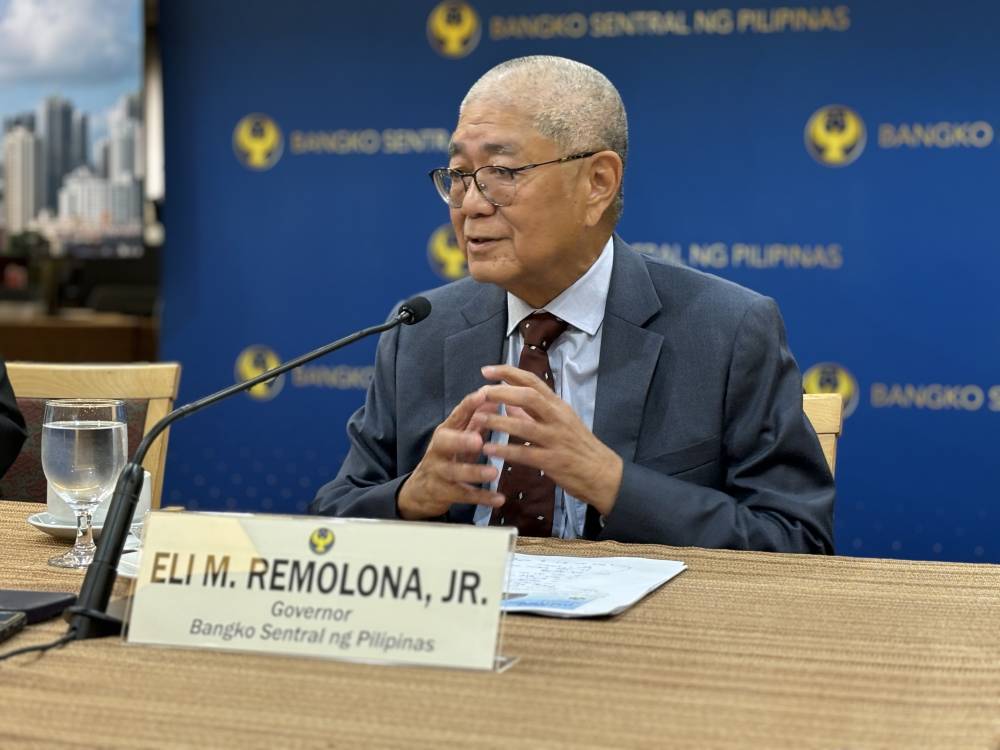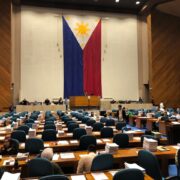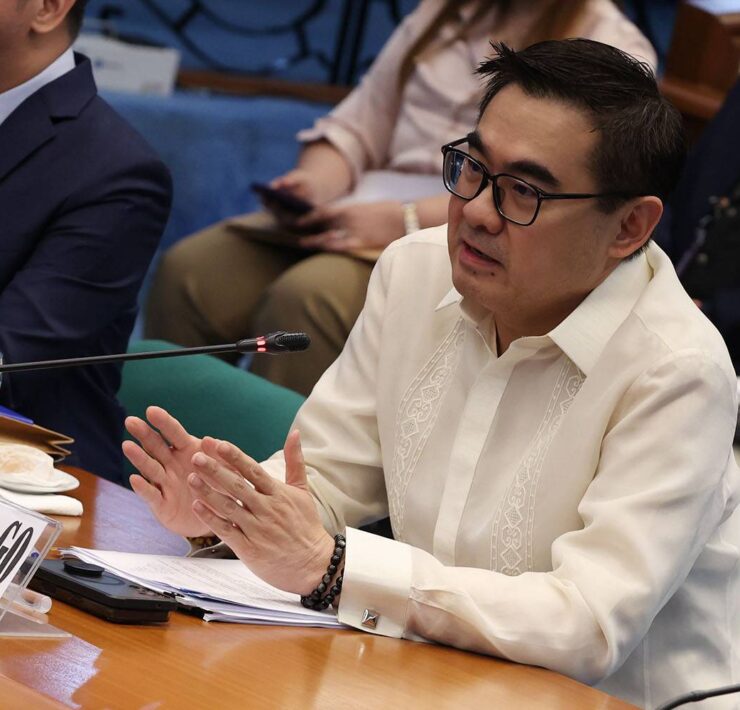Fitch: PH to benefit from low US tariff

The relatively low US tariff on the Philippines could work to the country’s advantage compared with other economies in Asia that were slapped with punitive import taxes, Fitch Ratings said as it affirmed the country’s badge of creditworthiness.
In a statement on Tuesday, the debt watcher maintained its triple B credit rating—an investment grade—on the Philippine government.
An investment-grade rating signals low credit risk and affordable access to funding for the borrower.
As it is, the current rating would unlikely change within the next 12 to 24 months after Fitch kept its outlook on the Philippines at “stable.”
Explaining its decision, Fitch said the Philippine economy was expected to post a “solid domestically driven growth” of 5.6 percent in 2025, which could help the “relatively closed” country weather the tariff-induced global storm.
Closed economy
In his “Liberation Day” announcement on April 2, US President Donald Trump had unveiled a 17-percent “reciprocal” tariff on Filipino goods coming to America, among the lowest in Asia.
But Trump later announced a 90-day tariff pause, while retaining the 10-percent universal duty on all trading partners of the United States and the punitive taxes on Chinese goods.
Should Trump reinstate the 17-percent tax on Filipino goods bound for the United States after the pause, Fitch said the Philippines could benefit from “lower commodity prices or diversion of Chinese exports.”
“The Philippines is a relatively closed economy, with goods exports of only about 12 percent of GDP (gross domestic product) in 2024, mostly electronics and machinery, based on balance of payments statistics. Over 16 percent of goods exports were to the United States,” Fitch said.
“If the reciprocal tariffs announced by the United States in April come into effect, the relatively low tariff rate of 17 percent applicable to the Philippines could be an advantage compared with regional peers,” it added.
For his part, Bangko Sentral ng Pilipinas (BSP) Governor Eli Remolona Jr. said the central bank would continue its efforts to tame inflation, which can support consumer spending, a traditional growth driver.
“The BSP took actions to help keep inflation manageable and promote sustainable economic growth. The BSP will continue to do so,” Remolona said.
Moving forward, Fitch said it still forecasts real GDP growth to pick up to over 6 percent in the medium term, as it expects a payoff from investments in infrastructure.
This growth outlook also reflected the series of structural reforms in recent years to liberalize the economy and foster trade and investment, including through public-private partnerships.





















